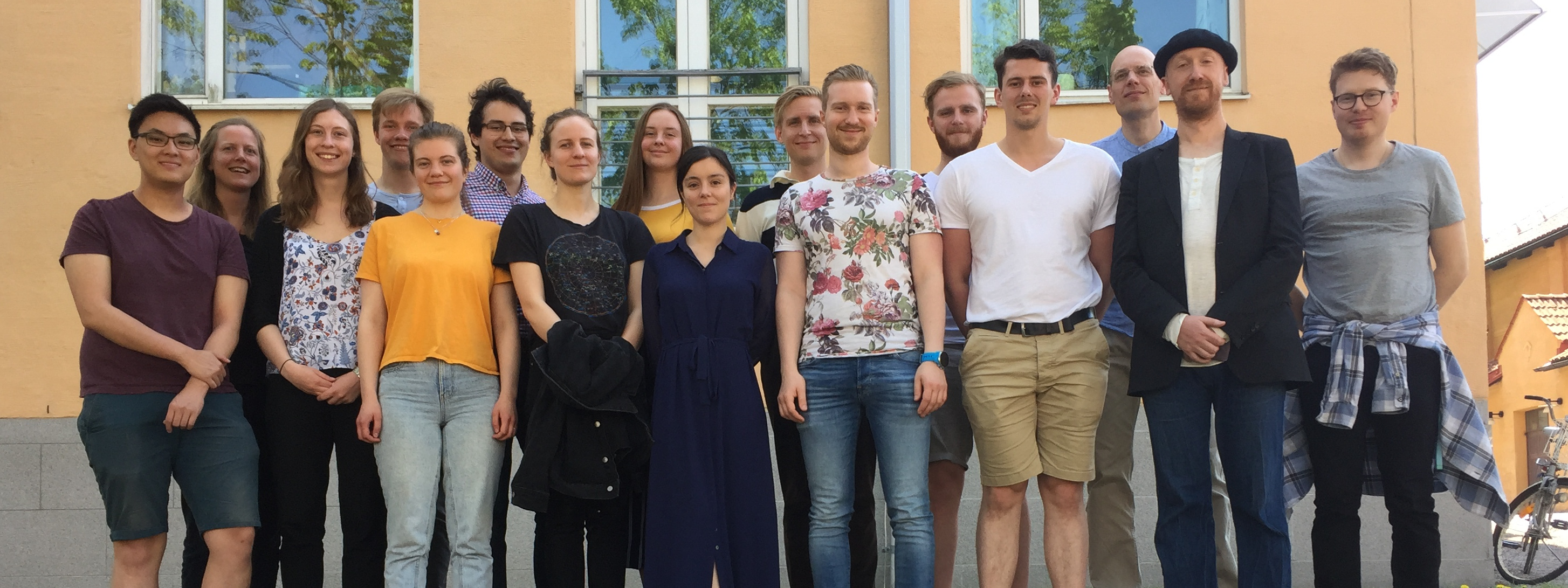Our work “A quantitative model for human neurovascular coupling with translated mechanisms from animals”, previously available at bioRxiv, has now been published in PLOS Computational Biology. In this manuscript we explore if qualitative behaviors of the Neurovascular coupling (NVC), found in different species and data sets, can be applied to the model simulations of other data. Below follows a slightly more detailed summary of the manuscript.
The neurovascular coupling (NVC) is the basis for functional magnetic resonance imaging (fMRI), since the NVC connects neural activity with the observed hemodynamic changes. This connection is highly complex, which warrants a model-based analysis. However, even though NVC-data from several species and many relevant variables are available, a mathematical model for all these data is still missing. Herein, we combine experimental data from mice, monkeys, and humans, to develop a comprehensive model for NVC. Importantly, our new approach to modelling propagates the qualitative insights from each species to the subsequent analysis of data from other species. In mice, we unravel the role of different neuronal sub-populations when producing a biphasic response to prolonged sensory stimulations. The qualitative role of these sub-populations is preserved when analysing primate data. These primate data add knowledge on the interplay between local field potential (LFP) and vascular changes. Similarly, these pre-clinical qualitative insights are propagated to analysis of human data, which contain additional insights regarding blood flow and volume in arterioles and venules, during both positive and negative responses. This work illustrates how data with complementary information from different species can be combined, so that qualitative insights from animals are preserved in the quantitative analysis of human data.
You can read the full article HERE


